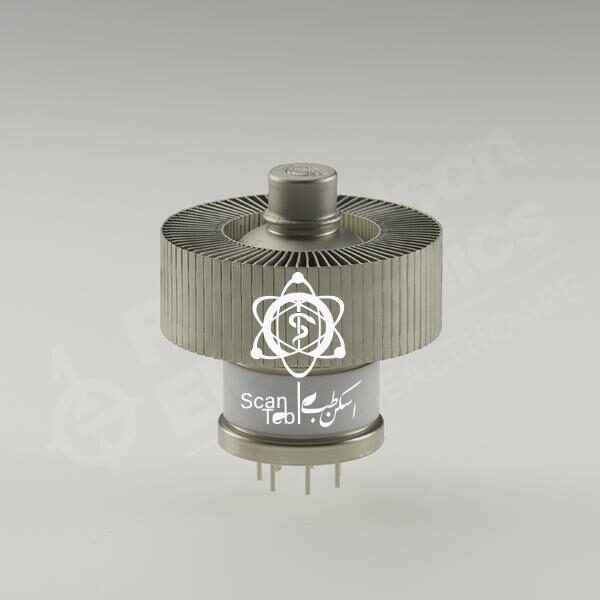
دسته: RF Amplifier
فیلتر محصولات
در حال نمایش یک نتیجه
RF amplifiers are a vital radio-based subsystem for any MRI device. Familiarity with its basic functions, capabilities and limitations will be useful for the various disciplines of technologists involved in the design, development and use of these machines. To give a very simple definition، RF amplifier can be thought of as the heart of an MRI machine. Although executing a basic conceptual task; for example, converting a “small” RF signal into a “large” RF signal, how an RF amplifier operates with the complex design of RF pulse sequence can have a direct impact on signal-to-noise ratio (SNR) or other parameters in this area of technological complexity. In the following, we will explain a little more specifically about the functional schematics of the RF MRI amplifier system.
A system-level high-level diagram block for an RF amplifier is shown in the figure below. The architecture of any RF amplifier of an MRI machine is generally similar to this block diagram. The function of each block is as follows:
1- Pre-Driver and Driver are low-power amplifier steps that bring the input signal power level small and low level from the milliwatt range to a level high enough to guide the high power amplifier segments. Many power amplifiers may be required to achieve higher power output levels, so divider/combinator networks are deployed together for the algebraic addition of the multi-level power output amplifier.
2- The directional coupler separates accurate and proportionate samples of forward and reflected signal power for internal / external power monitoring and diagnostics.
The DC power supply converts AC line voltages into DC voltages, which are suitable for working with Pre-Driver, Driver, Power Amplifiers and Microcontrollers.
The microcontroller is basically a microcomputer that continuously runs a fixed program loop that monitors several critical operational parameters throughout the RF amplifier chassis. These parameters include: DC voltage, current, pulse width, duty factor, RF output power, VSWR load and temperature. If any of these parameters reach such an extent that damage to RF amplifier is imminent, the microcontroller will put the system in error mode, disconnect the appropriate circuits and send the system status through the system interface.
The schematic of the circuit surface below shows a main amplifier stage which includes input/output matching networks, an active device (Q1), coupling/separation components (respectively C1, C2/L1), and DC source. and gate voltage. This level of circuit failure illustrates what is found architecturally in the pre-drive, driver, or RFPA amplifier phases. Basically, only two things are done for RF power entering RFPA: Transfer and reinforcement. Each RF circuit in an RFPA performs one or the other. In Figure 1, I/O matching networks are tasked with matching the 50 ohm impedance of the system with lower impedances of RF transistors for maximum power transmission. Coupling/decoupling components (C1, C2 and L1) transmit RF and DC energy in appropriate directions. Transistor Q1 amplifies the RF signal.
As mentioned، the main function of RF amplifier is simple. Amplify or increase the strength of the RF pulse signal applied to its input. If the RF amplifier were ideal, that’s all it would do, the output would be an exact copy of the input waveform, and only amplitude would be multiplied to a constant magnitude. But conventional RF amplifiers aren’t ideal and always change the signal that’s just meant to amplify it.
Since the only purpose of RF amplifier is to amplify an RF pulse, it is important to fully understand the parameters that define the ideal RF pulse as well as to determine what RF pulse will actually come out of an RF amplifier. With this knowledge in mind, it is easier to understand how the performance abnormalities of the amplifier reduce the characteristics of the amplifier
Referring to the ideal pulse in the figure below, an RF pulse train has several defining parameters because it is ideal, we assume they are all perfect. Propagating from the base line to the left, we have a zero-volt reference line that extends to the pulse incremental edge that goes from zero volts to a constant amplitude at zero time. The pulse continues precisely at the same amplitude until the end of the pulse width duration and again at zero time the amplitude is reduced to exactly zero volts.
If we had an ideal RF amplifier to amplify our ideal RF pulse, the output would look exactly like the input. Only the constant amplitude increases with some power amplification factor “A”. But ideal amplifiers don’t exist, and even the best ones partially disrupt the pulse.

















